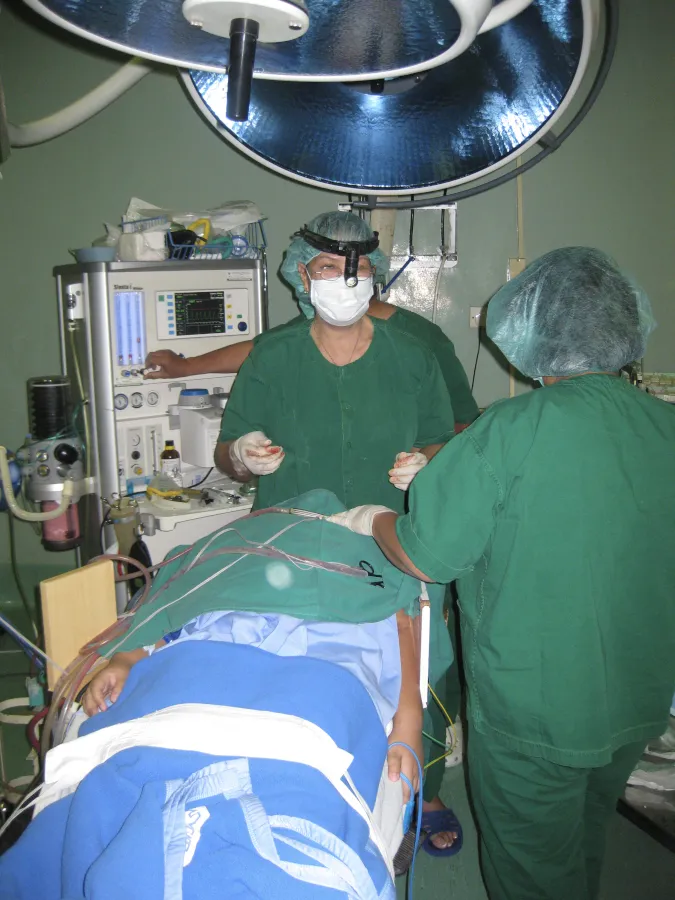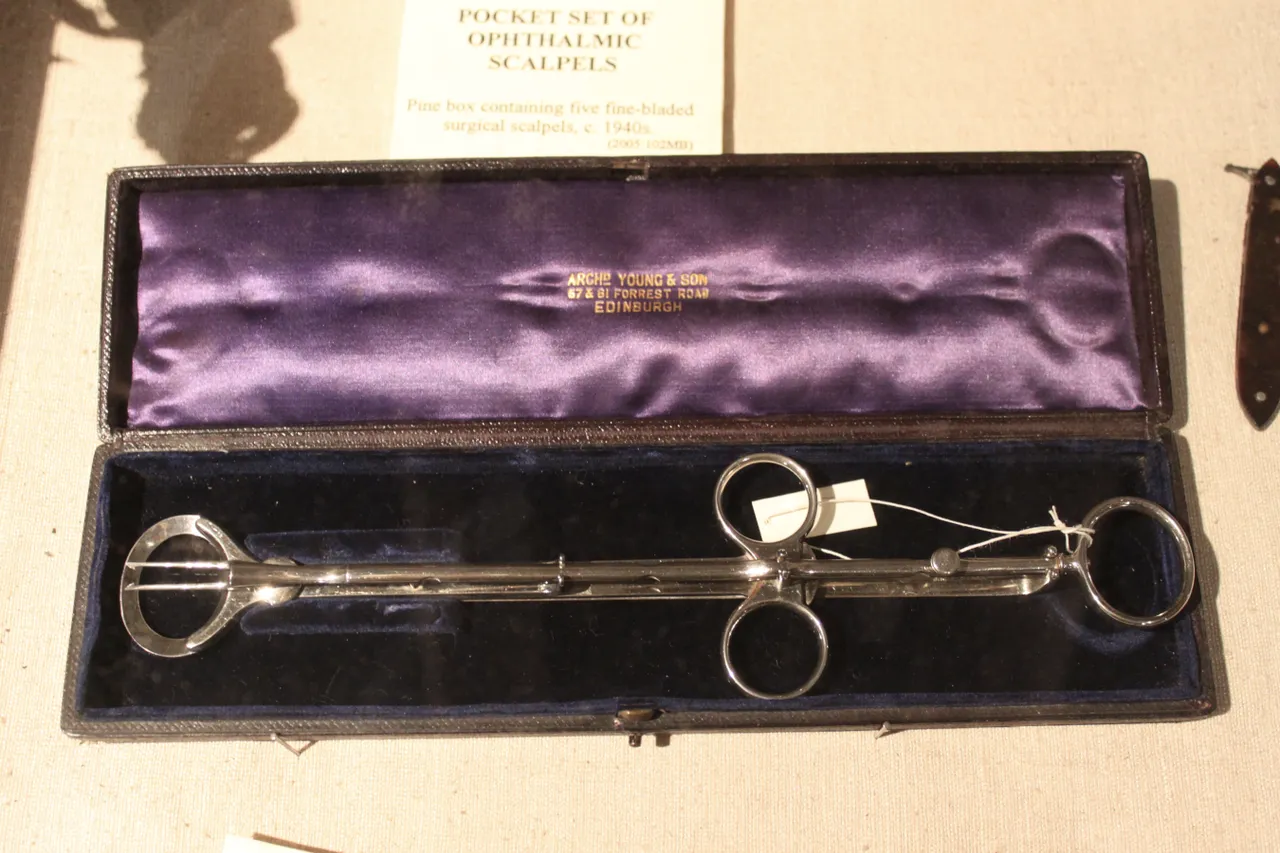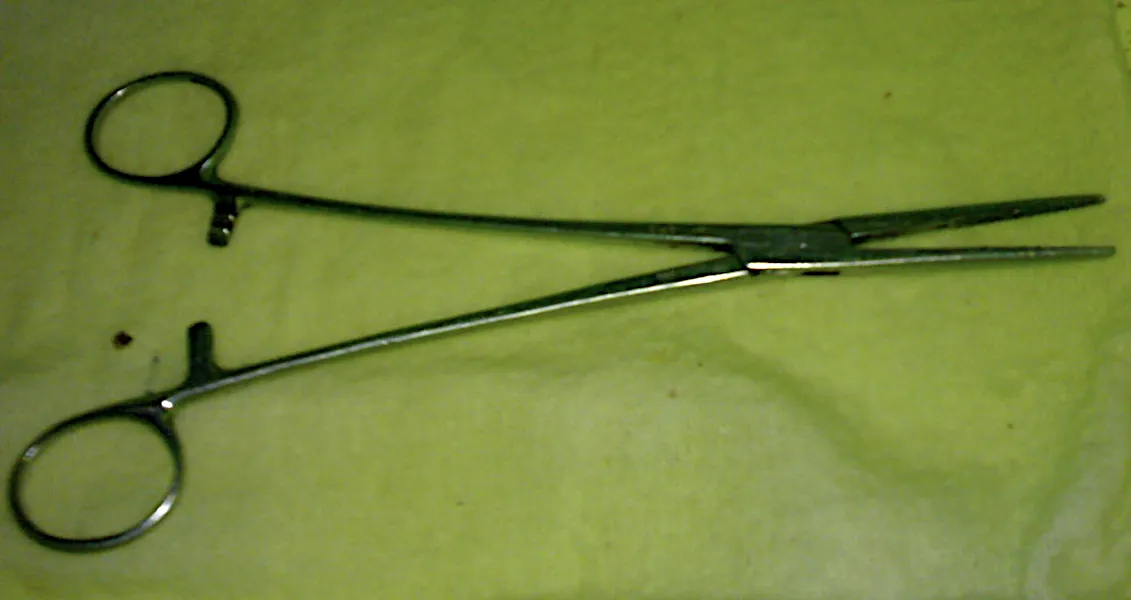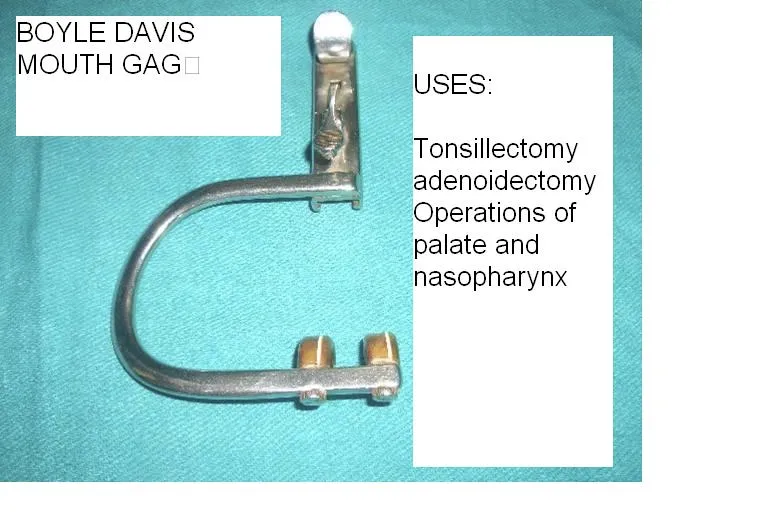A Tonsillectomy in Progress, Jakarta, Indonesia

Credit: Jeromi Mikhael. CC 4.0 license
On June 20, 2022 a 27-year-old Brazilian pageant winner, Gleycy Correia, died from complications of tonsil surgery. Miss Correia had spent 77 days in a coma before her death. The coma resulted from a post-tonsillectomy hemorrhage she suffered in the first week after surgery. Her death brought into the fore a discussion about tonsillectomy risks and benefits, especially when this procedure is performed on adults. It was this news story that prompted today's blog.
I'll start my discussion with a quote from the JAMA journal, Otolaryngol Head Neck Surgery (2018) about the results of a study carried out in Denmark:
In this population-based cohort study of almost 1.2 million children, removal of adenoids or tonsils in childhood was associated with significantly increased relative risk of later respiratory, allergic, and infectious diseases. Increases in long-term absolute disease risks were considerably larger than changes in risk for the disorders these surgeries aim to treat.
Please note that the last sentence of that quote states that over a three-year period the risk of adverse events after surgery (such as throat infections and allergies) suffered by a patient were greater than the risks that patient ran (with regard to these conditions) before surgery:Increases in long-term absolute disease risks were considerably larger than changes in risk for the disorders these surgeries aim to treat
Tonsil Guillotine (Approximately Late 1800's)

Credit: Jenny O'Donnell. Used Creative Commons Attribution-Share Alike 2.0 UK: England & Wales license. According to Science Museum Group This instrument to remove tonsils was popular in the late 1880s. Its use died down in the early 1900s because there were "high numbers of people who experienced heavy bleeding and recurrent sore throats". However, it seems the instrument is still used today by some practitioners.
Another article from the journal Otolaryngol Head Neck Surgery (published in 2015) states that Tonsillectomy is one of the most commonly performed surgical procedures in the United States. The authors of this article explain that there is 'limited data' about the safety of this operation on adults. Most studies look at pediatric outcomes. There are some statistics, though.
For example, it is estimated that the mortality rate for this procedure is 1 death for every 20,000 surgeries. However reoperation (needing to go back and correct a problem surgically) in the pediatric population is estimated to be between 0.5% and 2.1%. It seems reoperation is usually caused by hemorrhage, the most serious risk of this surgery.
Adults, however, have been found (in one study) to have a reoperation rate of 2.2% (in the U. S.).
Tonsil Artery Forceps

Credit: Sarindam7. Used under CC 1.2 license. According to the website Surgical Holdings, tonsil artery forceps are used "for grasping and compressing an artery to control bleeding during tonsil surgery".
A more concerning report published by Penn State University in 2014 states that Twenty percent of adults who have tonsillectomies will have a complication... In six percent of the procedures performed on adults, the complication will be post-opterative hemorrhage. This is the complication that ultimately killed Gleycy Correia.
Even more interesting perhaps, than the complication rate, is the fact that this risk-prone procedure occurs more often in some geographic areas than in others. The thrust of the Penn State study is not only to highlight the previously under-appreciated risks of tonsillectomy. The study also emphasizes the difficult position of patients contemplating surgery. Patients are supposed to make informed decisions, and yet with a dearth of data, how can they?
In the words of the study authors:
Patients expect to compare the risks and benefits of treatment options, but as our study shows, credible patient-centered information is often lacking, even for a common procedure that has been in practice for many, many years. The availability of important risk and benefit information should be expedited, and providers need to be trained to engage patients in how to use this information to make informed choices.
Boyle Davis Mouth Gag, Surgical Instrument Used in Tonsillectomy

Credit: Netha Hussain. Used under CC 4.0 license Amazon marketing page for this instrument explains its use:"Mouth gags are used to keep the patient’s mouth open during oral surgery..."
The difficulty in making a decision is compounded for patients by conflicting public reports. For example, the journal Consultant 360, which characterizes the publication as a Multidisciplinary Medical Information Network stated in 2014, "Tonsillectomy is 'very safe' in adults, with low mortality and morbidity rates, a new study has found."
Consultant 360 is a journal geared toward practitioners. According to the journal's website: "Consultant and Consultant360.com pull together practical clinical advice from top experts in many specialties in convenient print and online sources for primary care practitioners."
Eves Tonsil Snare, Used in Tonsillectomy

Credit: Netha Hussain. CC license 3.0 The tonsil snare is "designed to encircle the affected tonsil for removal". (as per NovoSurgical).
The most recent publication I found that addresses safety of tonsillectomy was issued by Patient Safety, an agency of Pennsylvania State Government that exists to evaluate issues of patient safety. The authors of this publication discuss variables that may affect patient outcomes, especially bleeding. The authors state:
Postoperative uncontrolled bleeding is a well-established complication...
The authors go on to describe an analysis of when this complication occurs and which groups are more likely to experience it. Their conclusions are unclear, although age seems to be a factor. The authors explain:
Our findings indicate that the post-T/A timing of uncontrolled bleeding may vary systematically as a function of patient age; however, future research is needed to better understand this topic.
Rate of Tonsillectomy Varies Around the World. Why?
Health 24, a news website in South Africa ran a headline in 2016: Why Does South Africa Have the Highest Rate of Tonsillectomies in the World? The authors conclude that the driving force behind all these tonsillectomies is money. The article quotes a surgeon, Dr Martin Young, "...the main reason might surprise many parents – financial gain for doctors".
In 2017, the International Journal of Pediatric Otorhinolaryngology looked at the different rates at which tonsillectomies were performed around the world. Their analysis yielded this conclusion:
The volume of tonsillectomy procedures is associated with a health care system's overall structure, regulation, financing, and provision methods.
The upshot of this meta-analysis of tonsillectomy rates across the world was this: The rate at which tonsillectomies were performed was associated with healthcare system structure and financing, not data related to health factors.
I have my tonsils. My husband doesn't have his. I grew up in a rural area that offered virtually no healthcare services. He grew up in New York City and had ready access to many healthcare services. Our experience seems to reflect, in microcosm, the dynamic described by Health 24 and the International Journal of Pediatric Otorhinolaryngology (above).
According to the Mayo Clinic tonsillectomies (in the U. S. I'm assuming) are less common today than they used to be. Today they are "usually performed for sleep-disordered breathing but may still be a treatment when tonsillitis occurs frequently or doesn't respond to other treatments."
When the decision is made, to operate or not, doctor and patient must weigh the potentially grave risk this procedure may present. It is hoped that in the future a more accurate assessment of that risk will be available (data) in order to help concerned parties decide.

@muelli, on LIL
Sources
1https://jamanetwork.com/journals/jamaotolaryngology/fullarticle/1814414
3https://www.consultant360.com/story/tonsillectomy-has-low-mortality-and-morbidity-adults
4https://patientsafetyj.com/index.php/patientsaf/article/view/post-tonsillectomy-bleeding
5https://pubmed.ncbi.nlm.nih.gov/35500397/
6https://www.ncbi.nlm.nih.gov/pmc/articles/PMC8296750/
7https://www.ncbi.nlm.nih.gov/pmc/articles/PMC7075105/
8https://jamanetwork.com/journals/jamaotolaryngology/fullarticle/1814414
9https://www.mayoclinic.org/tests-procedures/tonsillectomy/about/pac-20395141
11https://www.ncbi.nlm.nih.gov/pmc/articles/PMC8701389/
12https://people.com/human-interest/miss-brazil-gleycy-correia-dead-at-27-after-tonsil-surgery/
13https://www.ncbi.nlm.nih.gov/pmc/articles/PMC6145787/
16https://www.ncbi.nlm.nih.gov/books/NBK536942/
17https://www.surgicalholdings.co.uk/ent/
18https://www.amazon.com/Boyle-Davis-Tonsil-plates-blade/dp/B00VK5QFVC
19https://www.consultant360.com/story/tonsillectomy-has-low-mortality-and-morbidity-adults
20https://www.consultant360.com/about-journal
21http://novosurgical.com/eve-tonsil-snare-31147.html)
22http://novosurgical.com/general-instruments.html
23https://patientsafetyj.com/index.php/patientsaf/about
24https://patientsafetyj.com/index.php/patientsaf/article/view/post-tonsillectomy-bleeding